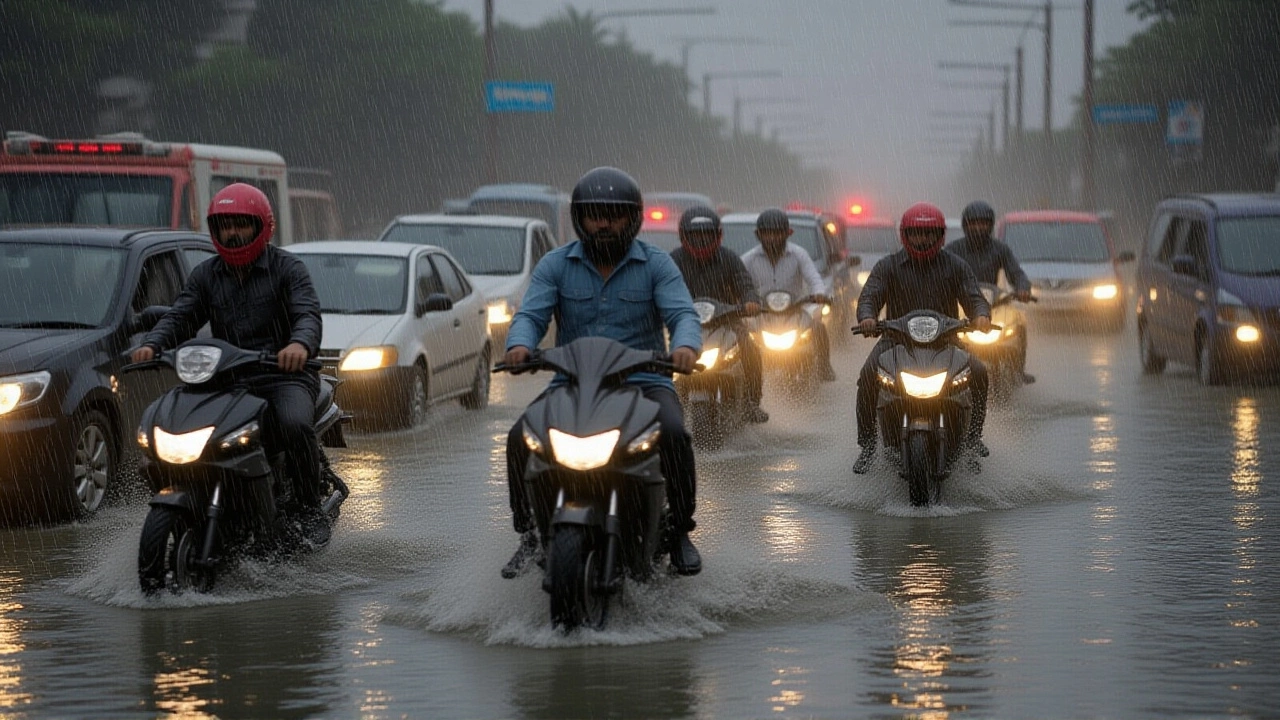Rainfall Overview: Patterns, Impacts, and What It Means for You
When talking about rainfall, the amount of water that falls from the sky as rain, snow, sleet or hail over a specific period. Also known as precipitation, it plays a key role in agriculture, water supply, and daily life. Understanding how rainfall works helps you see why weather forecasts matter and how seasonal changes affect everything from traffic to your garden.
One major subtype of rainfall is the monsoon, a seasonal wind pattern that brings heavy rain to large parts of Asia and Africa. The monsoon isn’t just a summer storm; it’s a climate‑driven system that can boost river flows, fill reservoirs, and also trigger landslides. Another big player is climate change, the long‑term shift in temperature and weather patterns caused largely by human activities. Climate change is reshaping rainfall distribution, making some places wetter and others drier, which in turn influences flood and drought cycles.
Rainfall influences flood risk, especially when intense storms dump water faster than the ground can absorb it. That’s why cities invest in drainage systems and early‑warning alerts. At the same time, low rainfall periods can lead to drought, stressing farmers and reducing drinking water supplies. Accurate weather forecasts rely on reliable rainfall data, and modern sensors now capture rain intensity in real time, improving predictions for both short‑term storms and long‑term climate trends.
Key Relationships You Should Know
The connection between rainfall and flood is straightforward: more rain equals higher flood probability. The link between monsoon and rainfall is seasonal; monsoon winds lift moist air, which then condenses into rain over a few weeks. Climate change throws a wrench into both patterns by altering temperature gradients, which can intensify monsoon rains in some regions while drying out others. Finally, drought emerges when rainfall drops below the threshold needed for crops, forcing communities to rely on water storage or import.
In practical terms, tracking rainfall trends can help farmers decide when to plant, guide municipalities in designing stormwater infrastructure, and assist tourists in planning trips. For everyday folks, noticing a shift in local rain patterns might prompt you to check your home’s drainage or consider water‑saving habits. It’s a simple metric with big consequences, and being aware of it can save money, time, and even lives.
Below you’ll find a varied collection of posts that touch on topics ranging from sports highlights to travel tips, each offering a unique perspective on life in India and beyond. While the articles cover different subjects, they’re all tied together by the broader context of how weather, especially rainfall, shapes daily experiences—from the way a cricket match unfolds under a sudden downpour to how travel plans adjust during the monsoon season. Dive in to see how these real‑world stories intersect with the rain‑driven themes we’ve outlined.

6
Oct
IMD warns of heavy rainfall across eastern and central India, with Delhi hit by wet spell on Oct 5‑6 as a western disturbance and Cyclone Shakti stir gusty winds and cooler temps.
Read More
